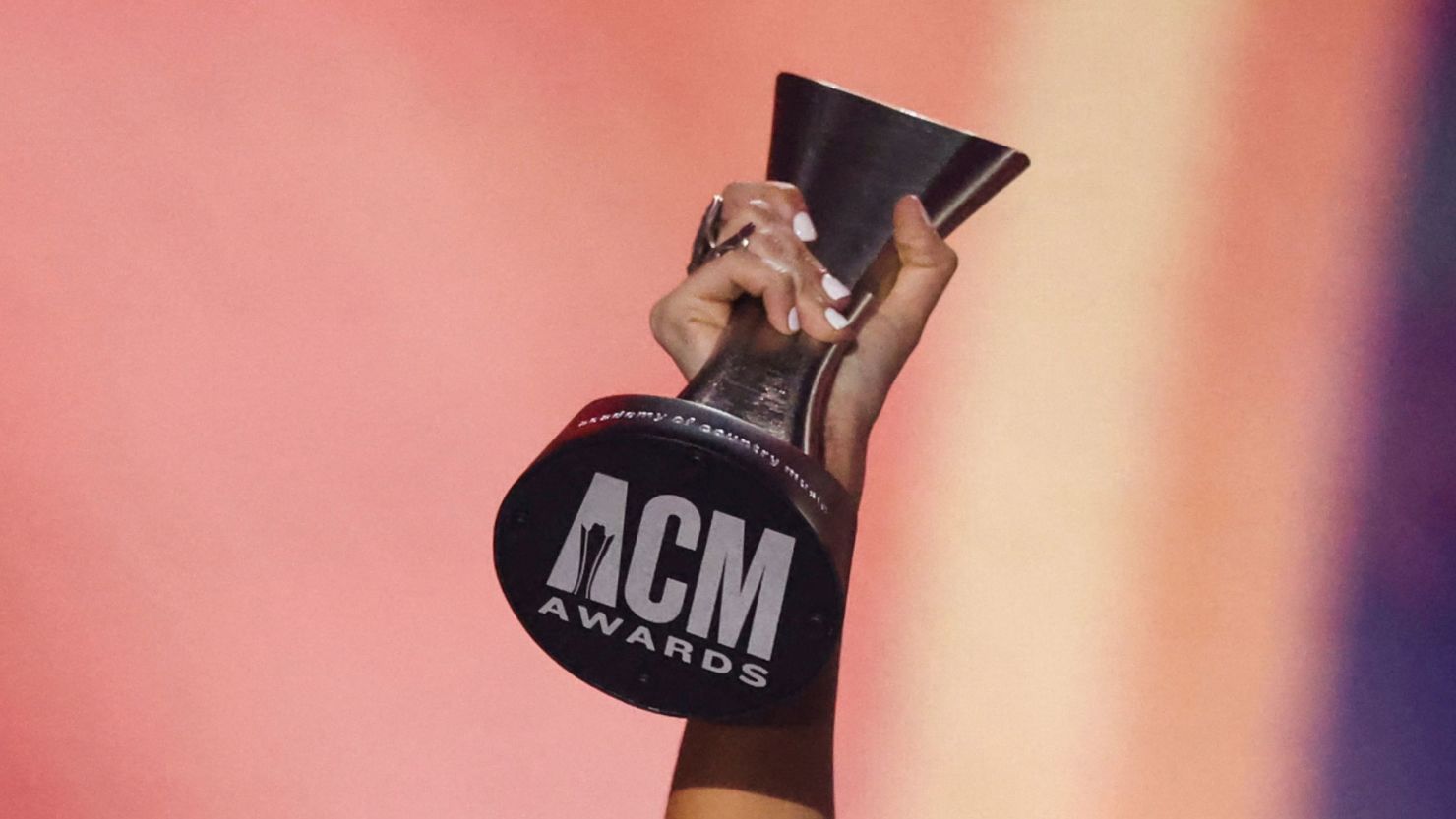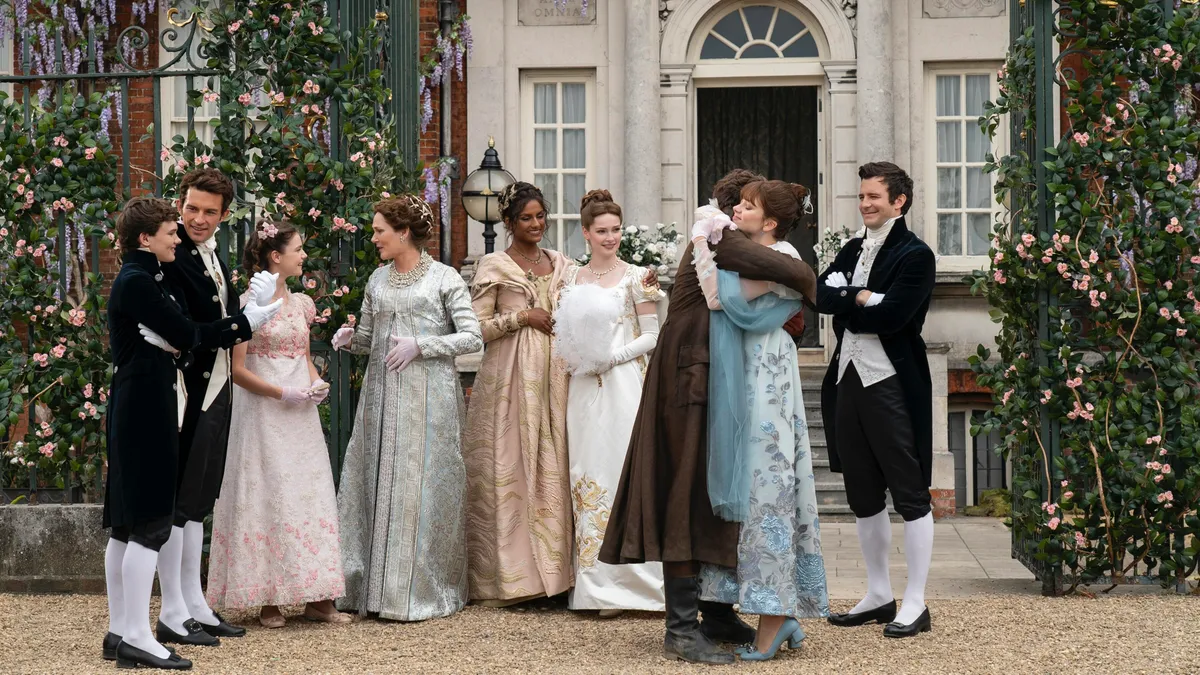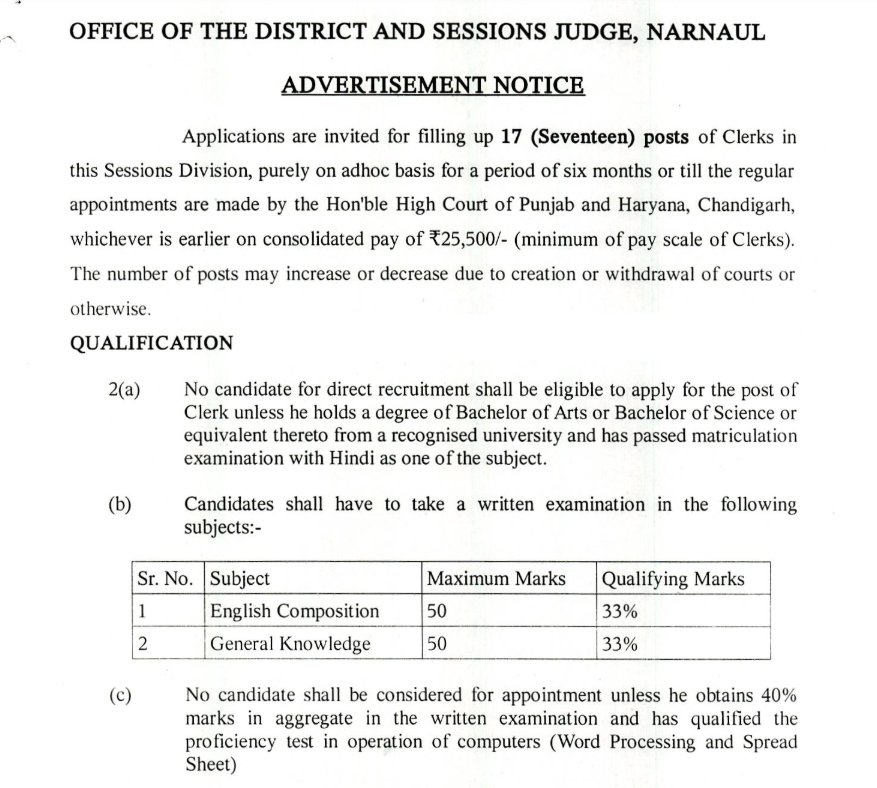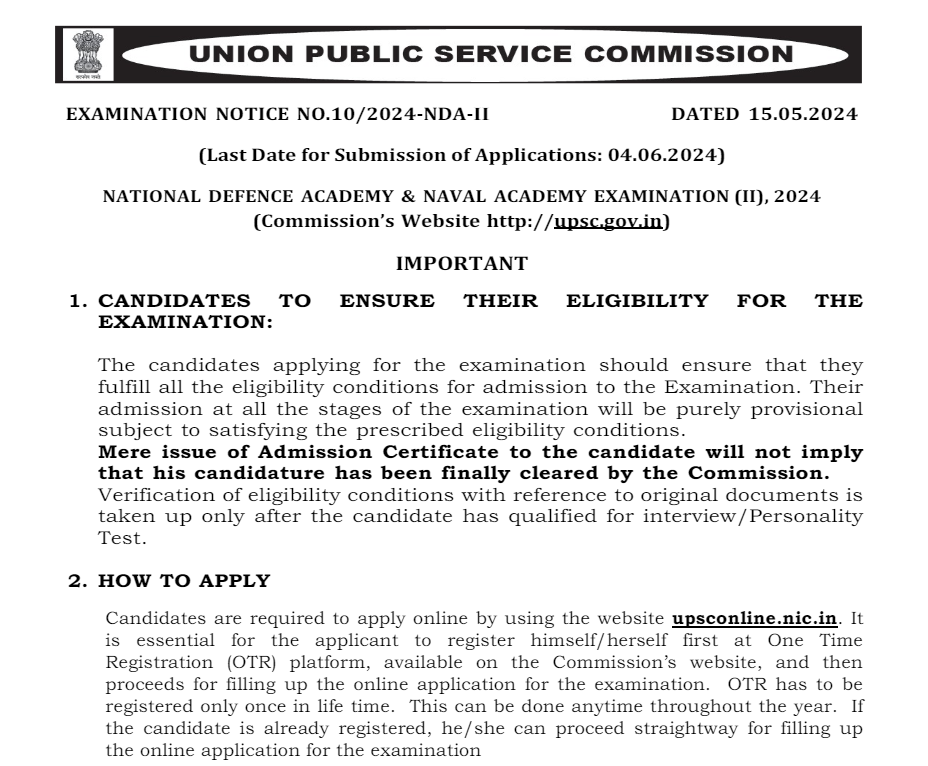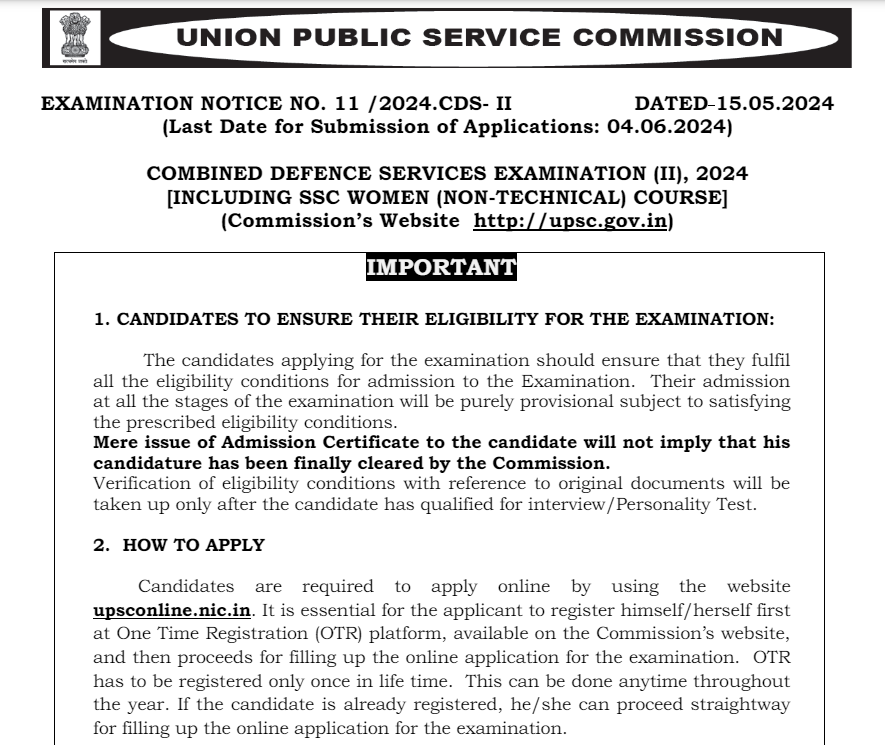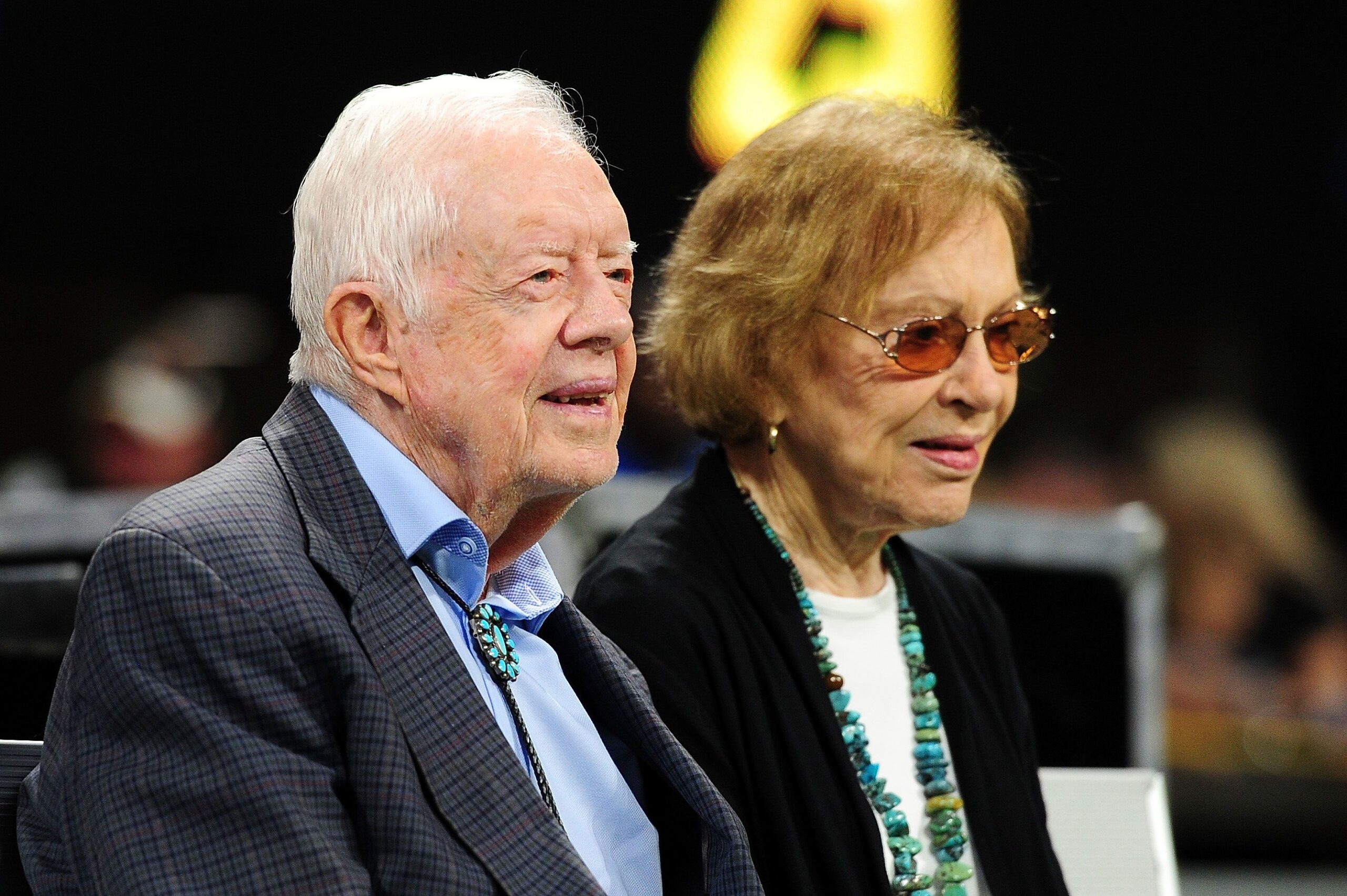Synchronous Motors PART 10

Category –EE Online Test
Telegram-Join Us On Telegram
Attempt Free Synchronous Motors PART 10 Here. Read The Important Electrical MCQ From Below.
A. Stabilize rotor motion
B. Suppress rotor oscillations
C. Develop necessary starting torque
D. Both B and C
Answer
Synchronous Motors PART 10
[2] Synchronous capacitor is
A. An ordinary static capacitor bank
B. An over excited synchronous motor driving mechanical load
C. An over excited synchronous motor running without mechanical load
D. None of the above
Answer
[3] A synchronous machine is called as doubly excited machine because
A. It can be over excited
B. It has two sets of rotor poles
C. Both its rotor and stator are excited
D. It needs twice the normal exciting current
Answer
[4]If the field of a synchronous motor is under excited, the power factor will be
A. Lagging
B. Leading
C. Unity
D. More than unity
Answer
[5] The direction of rotation of a synchronous motor can be reversed by reversing
A. Current to the field winding
B. Supply phase sequence
C. Polarity of rotor poles
D. None of the above
Answer
Synchronous Motors PART 10
[6]A synchronous motor connected to infinite busbars has at constant full-load, 100% excitation and unity
pf. On changing the excitation only, the armature current will have
A. Leading pf with under-excitation
B. Leading pf with over excitation
C. Lagging pf with over excitation
D. No change of pf
Answer
[7] The maximum value of torque angle a in a synchronous motor is…….degrees electrical
A. 45
B. 90
C. Between 45 and 90
D. Below 60
Answer
[8] The angle between the synchronous rotating stator flux and rotor poles of a synchronous motor is
A. Synchronizing angle
B. Torque angle
C. Power factor angle
D. Slip angle
Answer
[9] In a synchronous machine when the rotor speed becomes more than the synchronous speed during hunting, the
damping bars develop
A. Synchronous motor torque
B. DC motor torque
C. Induction motor torque
D. Induction generator torque
Answer
[10] When load on a synchronous motor is increased its armature current is increased provided it is
A. Normally excited
B. Over excited
C. Under exciter
D. All of the above
Answer
Synchronous Motors PART 10




